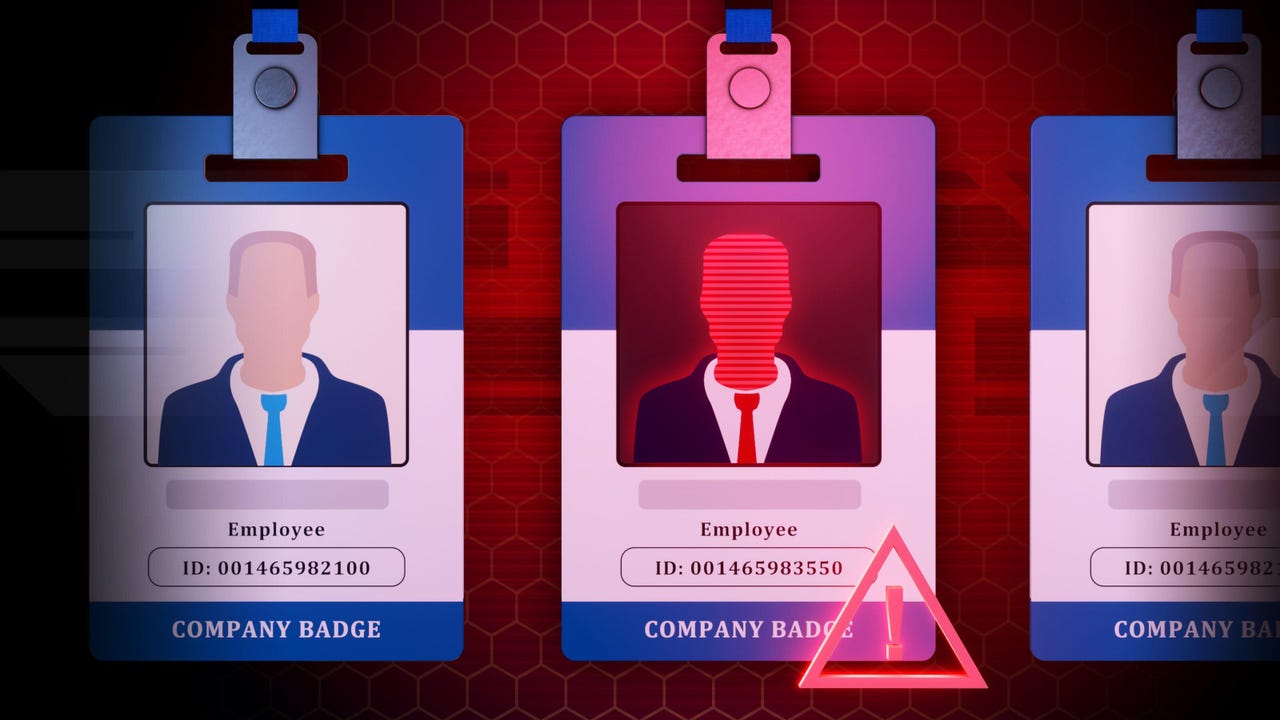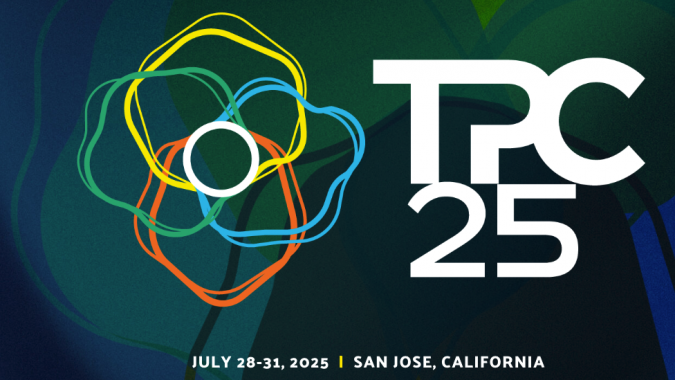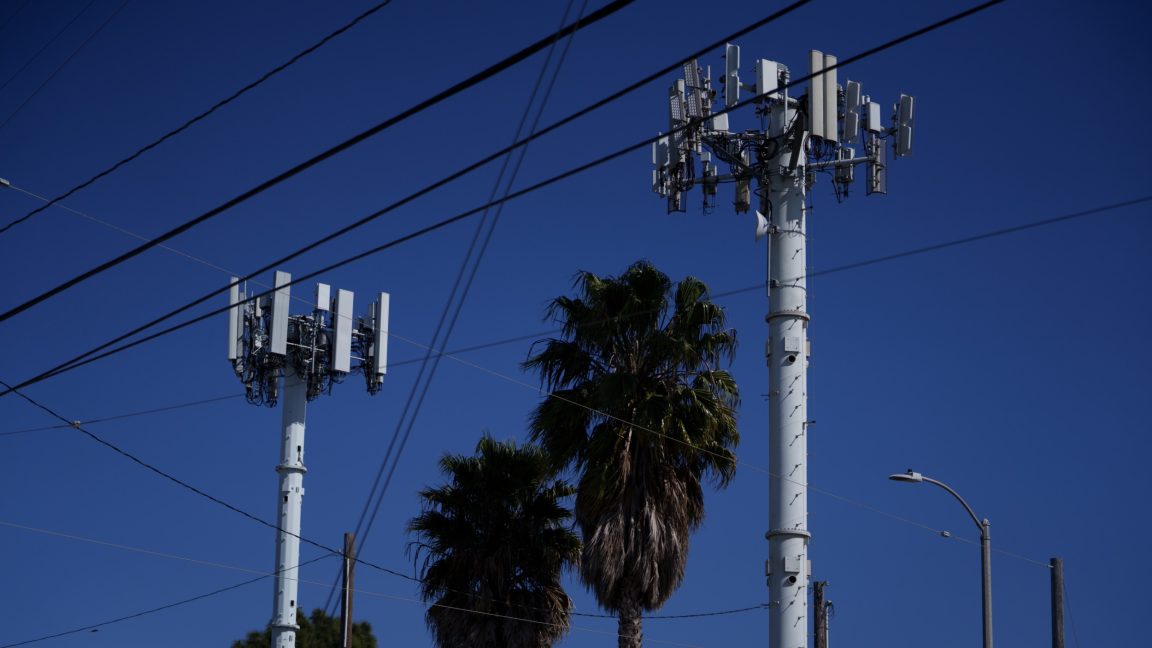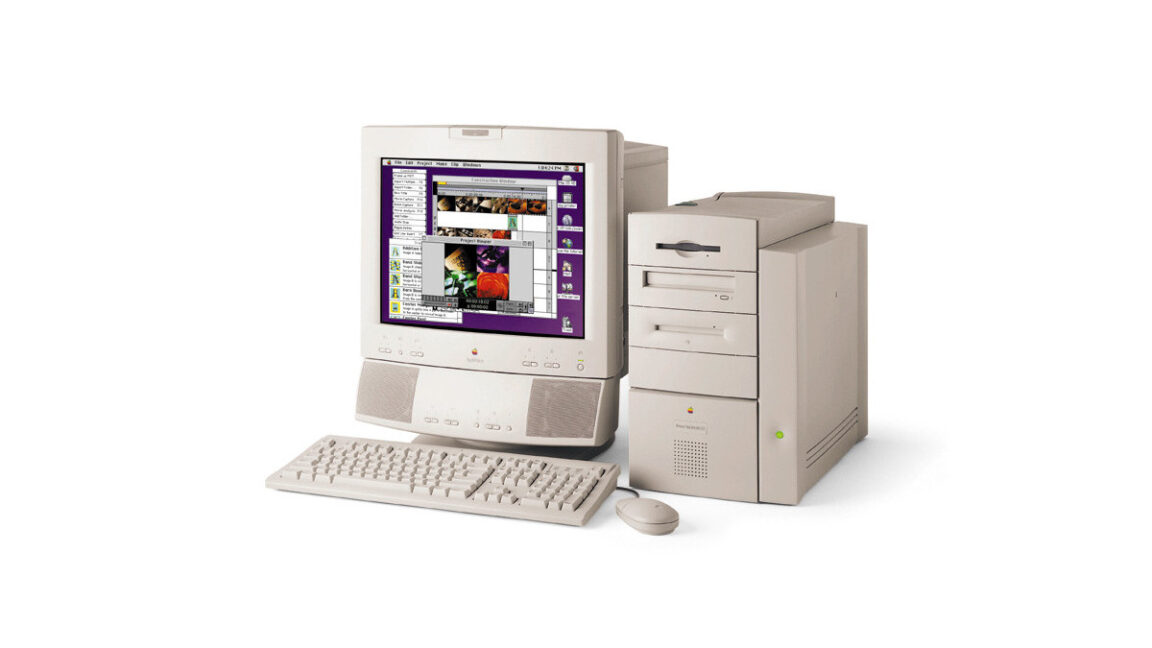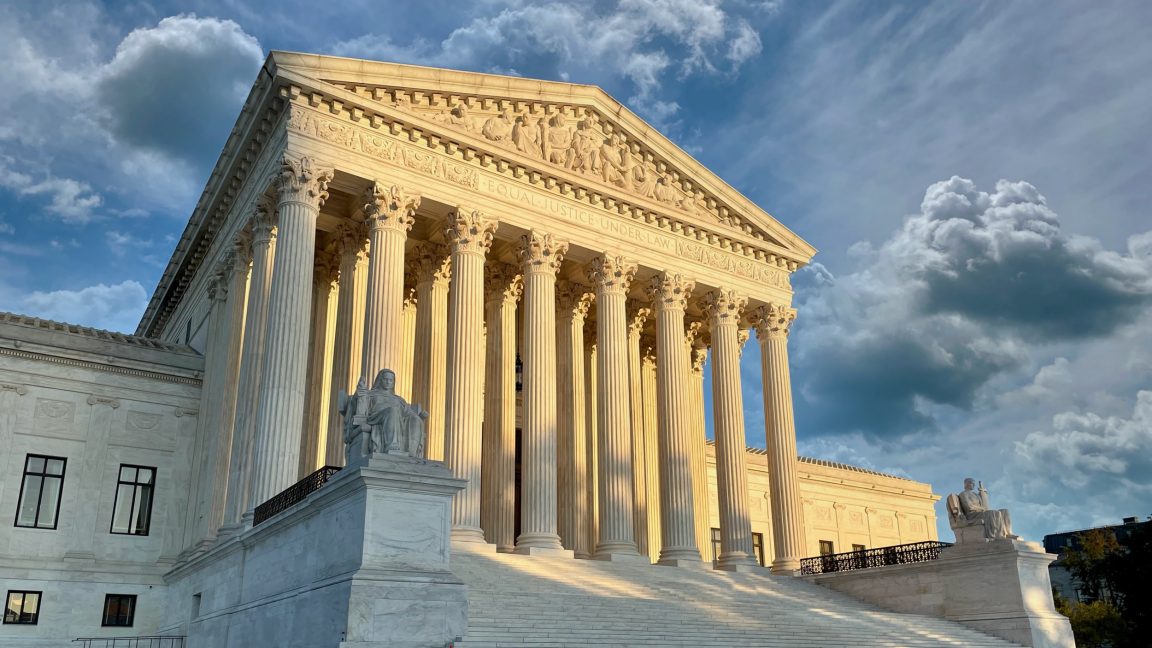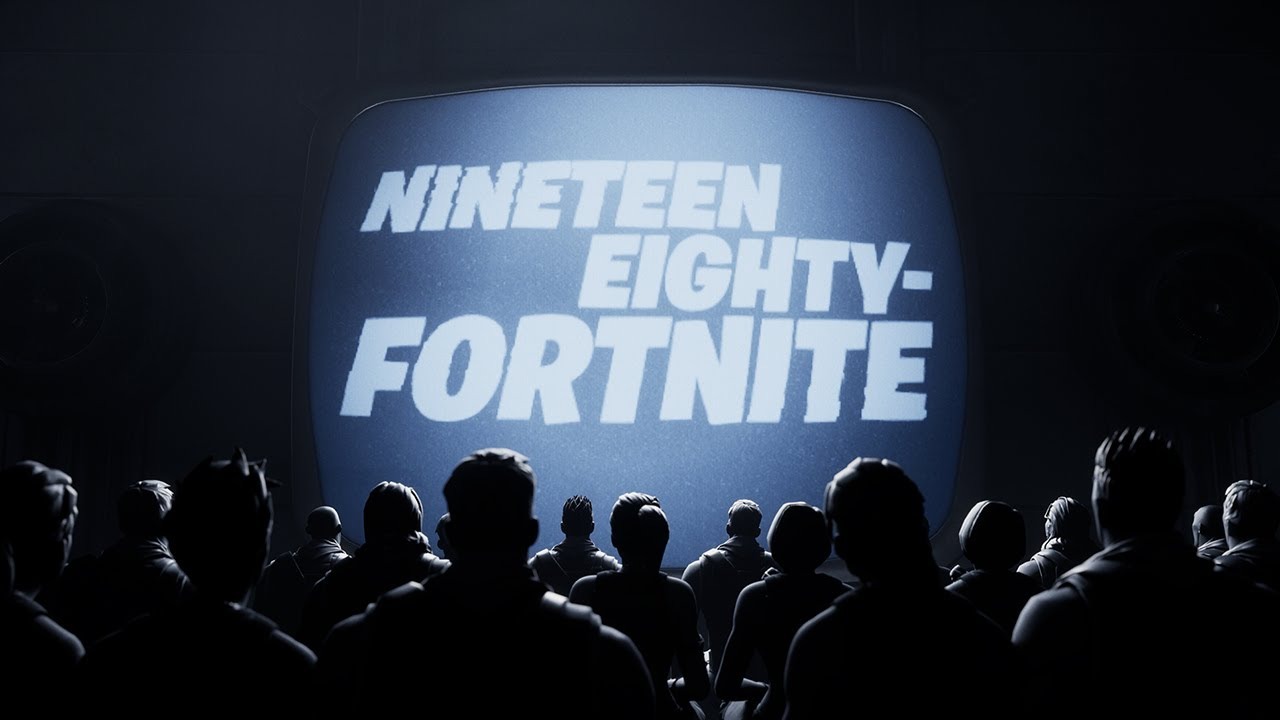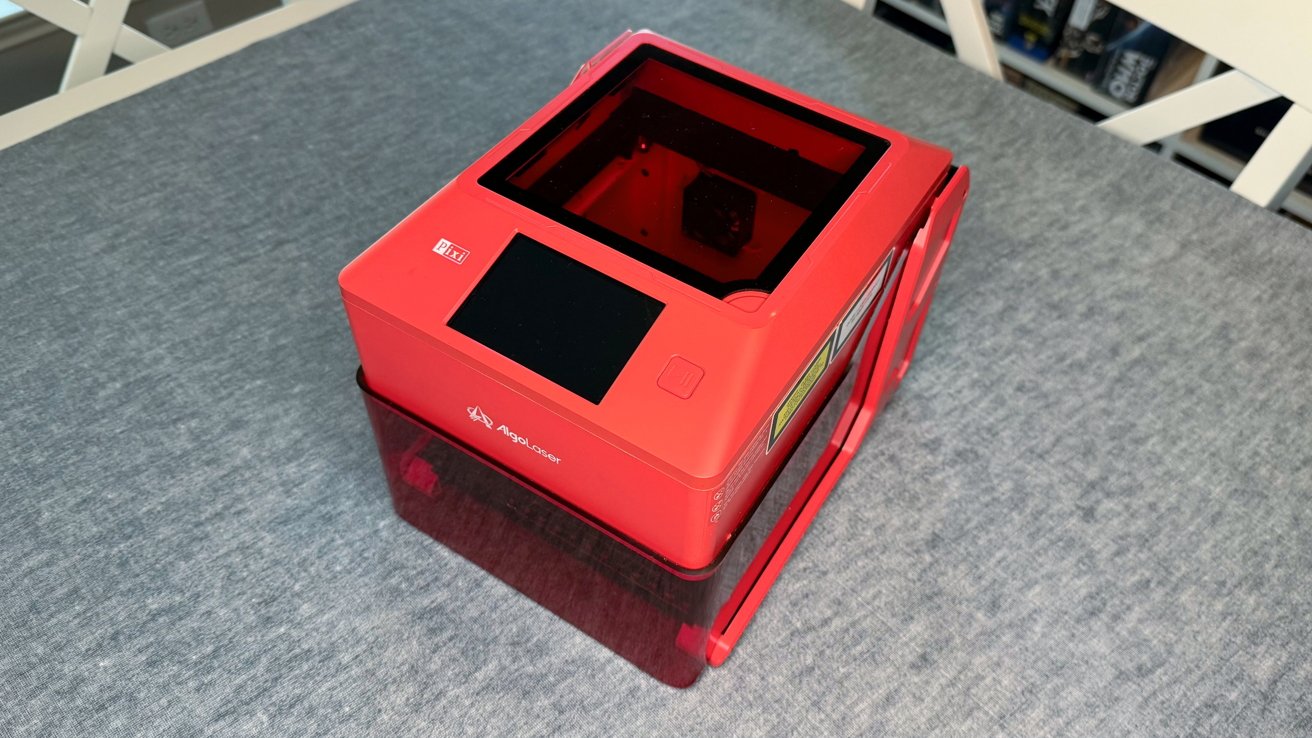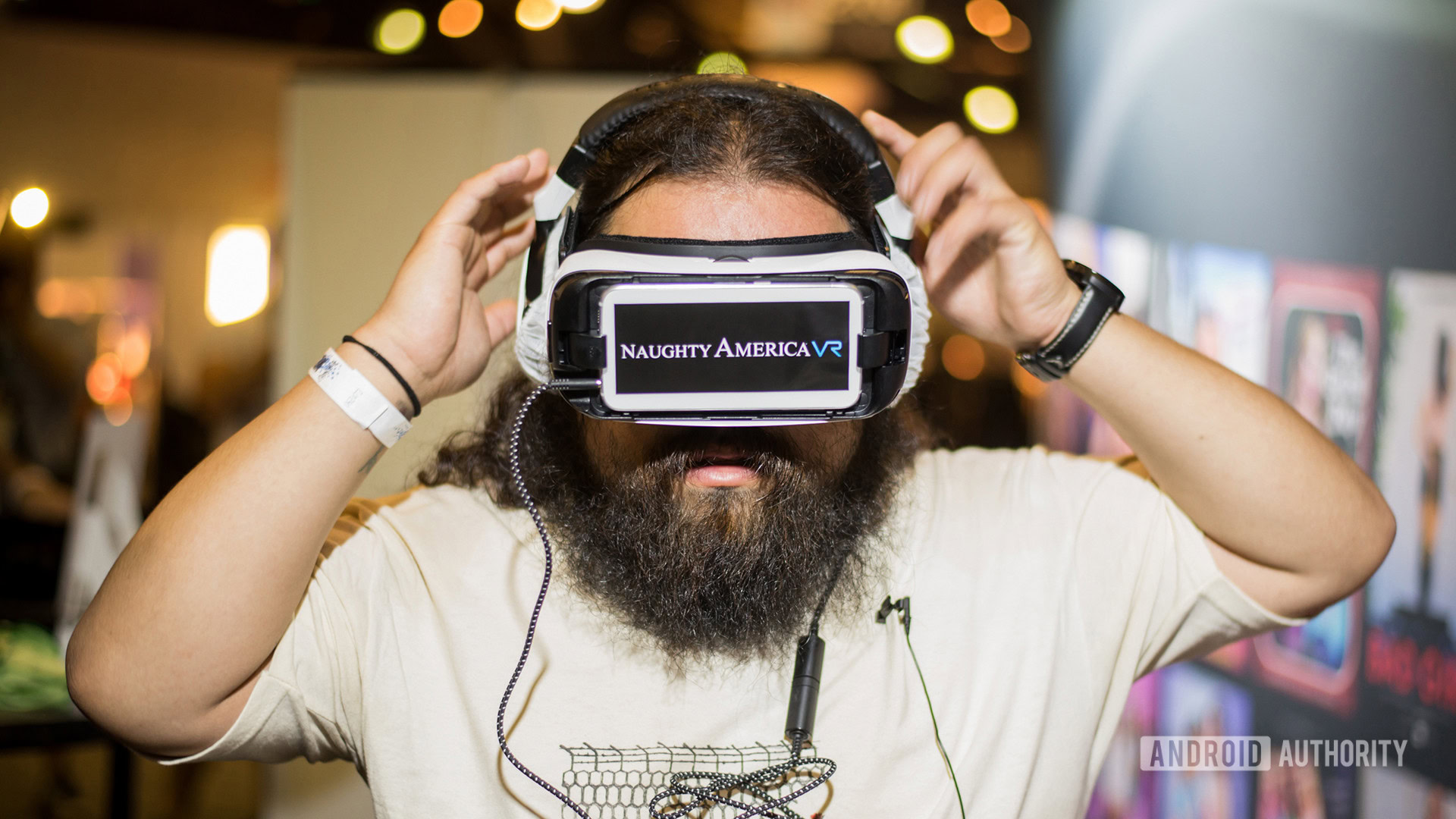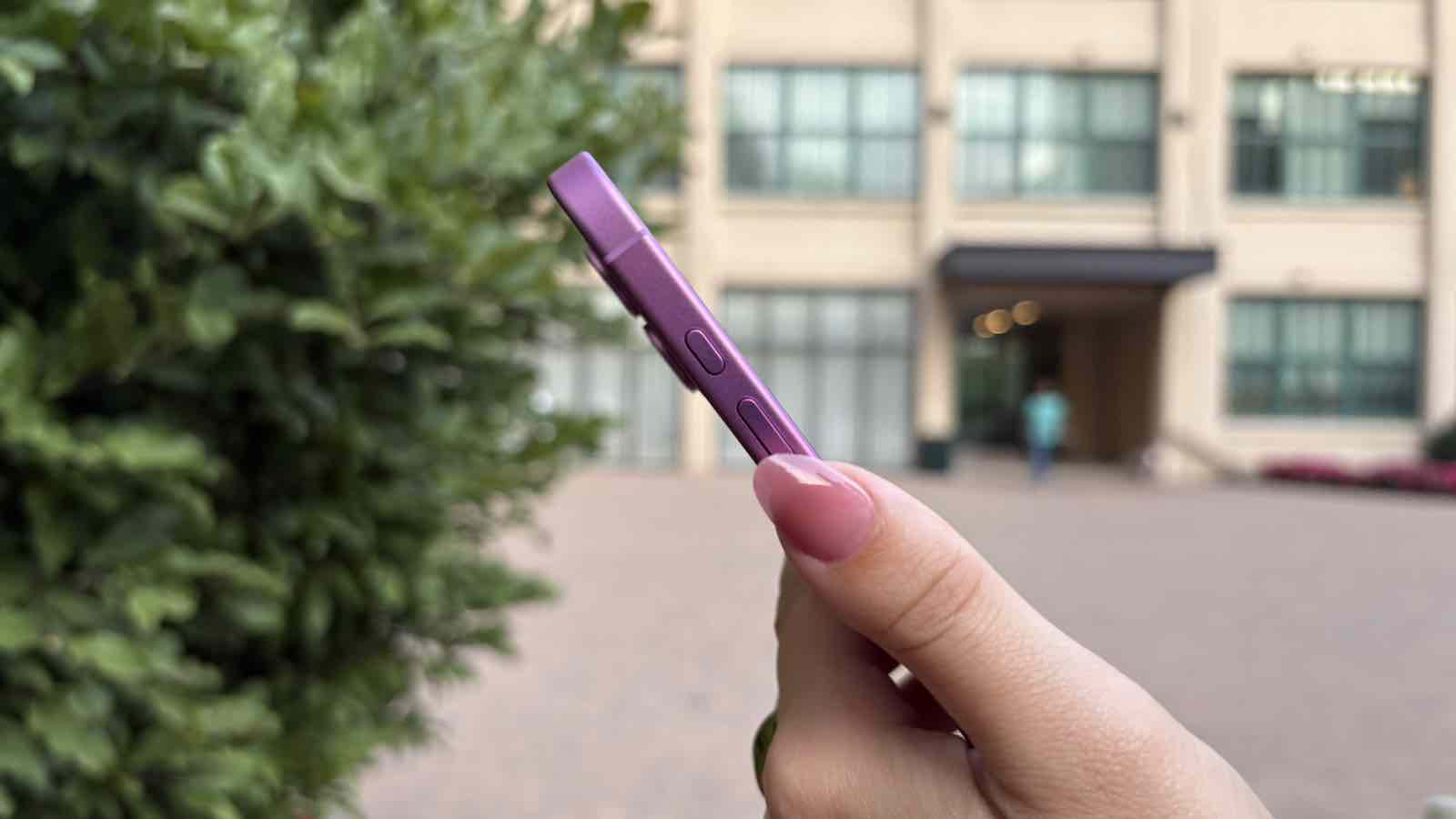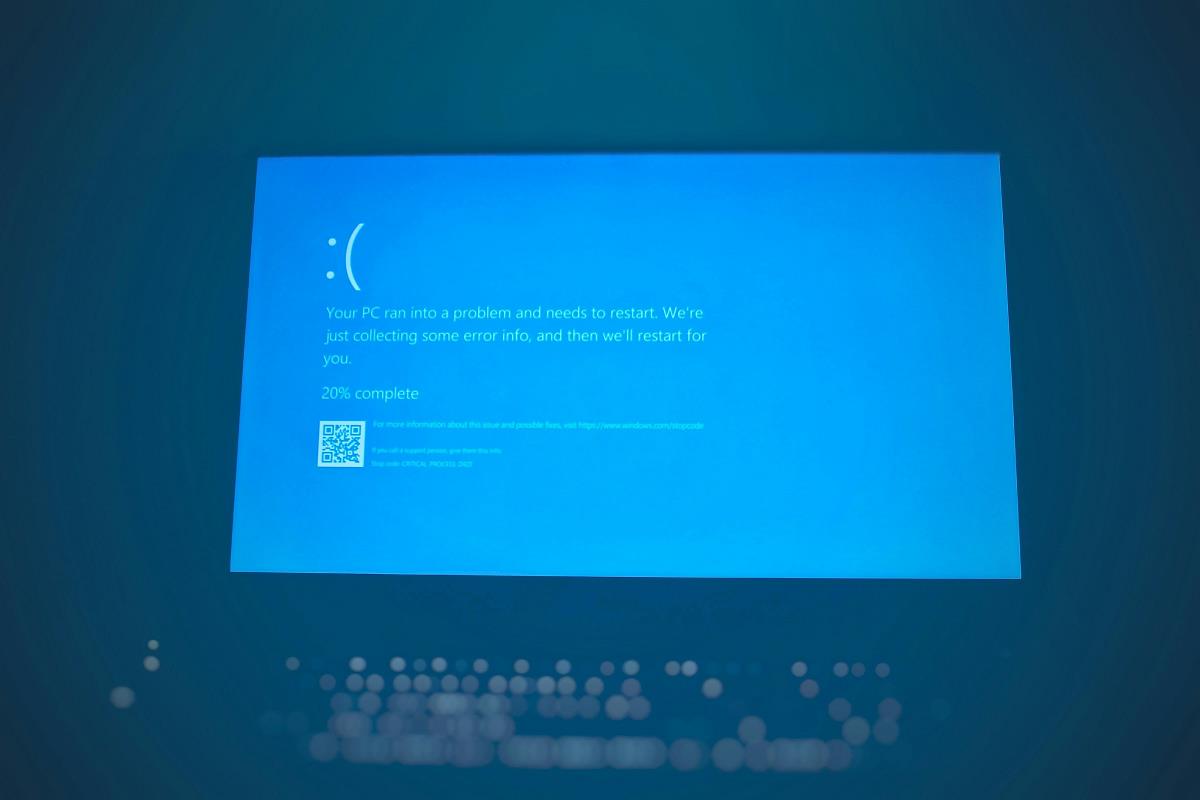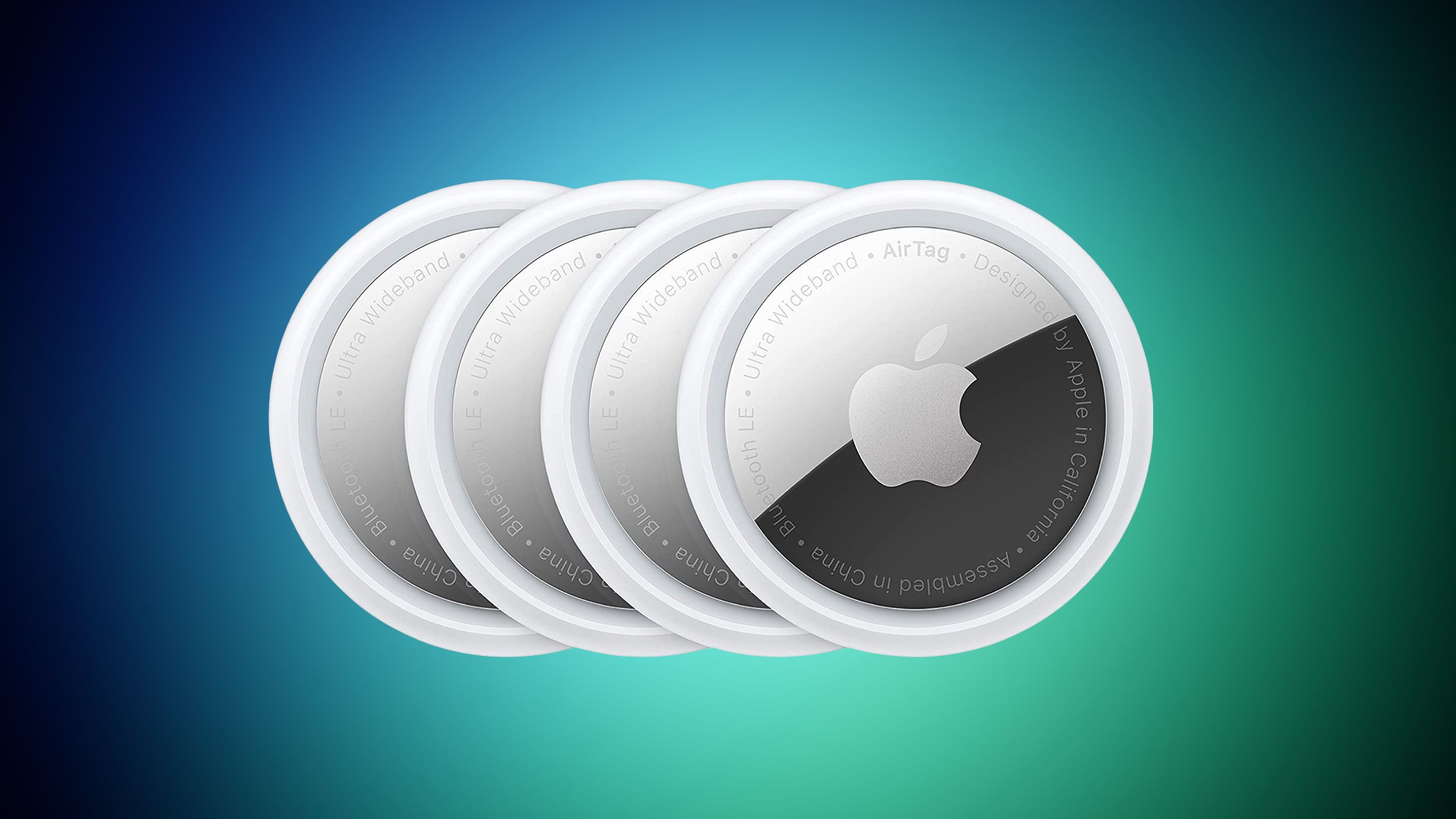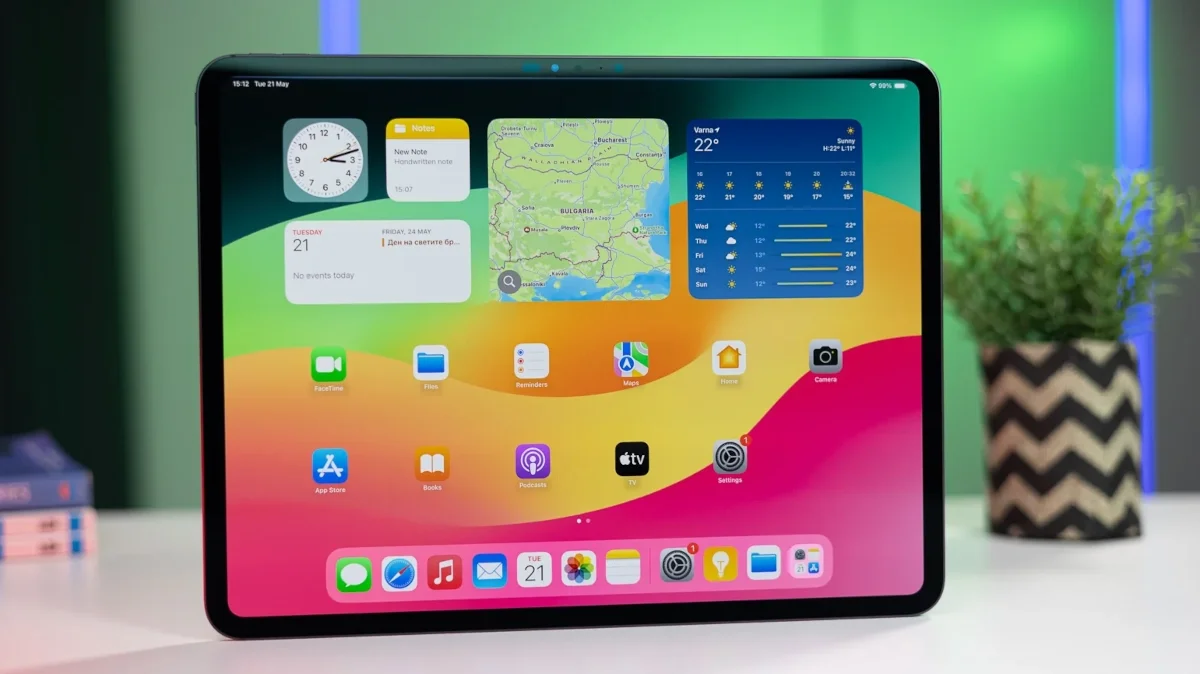University of Washington celebrates Rubin Observatory’s debut — and looks ahead
It’s been more than two decades since the University of Washington helped kick off the effort to get the Vera C. Rubin Observatory built in Chile — and now that it’s finished, UW astronomers are gearing up to get in on the first decade of discoveries. The university’s role in the past, present and future of the Rubin Observatory and its 10-year Legacy Survey of Space and Time, or LSST, literally took center stage in front of a packed house at UW’s Kane Hall on Thursday night. UW astronomer Zeljko Ivezic, who served as director of Rubin construction and is… Read More


It’s been more than two decades since the University of Washington helped kick off the effort to get the Vera C. Rubin Observatory built in Chile — and now that it’s finished, UW astronomers are gearing up to get in on the first decade of discoveries.
The university’s role in the past, present and future of the Rubin Observatory and its 10-year Legacy Survey of Space and Time, or LSST, literally took center stage in front of a packed house at UW’s Kane Hall on Thursday night.
UW astronomer Zeljko Ivezic, who served as director of Rubin construction and is shifting his focus to his role as head of science operations for LSST, recalled the night of April 15, when Rubin’s first test images came in for fine tuning.
“We were all so happy, and we are still happy,” he said. “We had been dreaming about this night for two decades, and it finally arrived. And not only that, we quickly obtained beautiful data, but also we continued to do so, and every new image was better and better. The observatory is performing beyond all our expectations.”
Ivezic showed off the images of swirling galaxies and colorful nebulas that he first unveiled earlier in the week at a ceremony in Washington, D.C. And he talked up an online tool called Skyviewer that allows users to click around the observatory’s 3,200-megapixel images and zoom in on details.
“It’s an easy-to-use app,” he told the audience. “When you go home tonight, then you can spend the next few hours just going around. Turn off the light in your room and then look at your screen, and it will be fantastic.”

The University of Washington’s involvement in the Rubin Observatory goes back to the early 2000s, when astronomers began considering how a next-generation sky survey might be accomplished.
In its early years, the project was known as the Large Synoptic Survey Telescope (which set the precedent for the LSST acronym). UW was one of four founding partners of the LSST Corporation, an entity that was set up to get the project started. (That nonprofit group, which was subsequently renamed the LSST Discovery Alliance, now has 40 member institutions.)
In 2008, the project got a huge boost from Microsoft billionaires Bill Gates and Charles Simonyi — who donated $10 million and $20 million, respectively, to support early work on the telescope’s 8.4-meter-wide (28-foot-wide) mirror.
As the years went on, support for the project grew, fueled by a high rating in the National Research Council’s 2010 Decadal Survey. Eventually, the National Science Foundation and the U.S. Department of Energy’s Office of Science allocated hundreds of millions of dollars for building the observatory in Chile, where dry air and dark skies made for optimal viewing conditions.
In 2019, the observatory was officially named in honor of astronomer Vera Rubin, who analyzed galactic rotation rates to nail down the first convincing evidence for the existence of dark matter. The survey telescope, meanwhile, was named after Simonyi’s family in recognition of his early gift.
Today, UW’s Rubin Observatory team consists of about 75 faculty members and graduate students, plus scores of undergraduates. University of Washington astronomer Mario Juric, the team’s principal investigator, noted that UW played an essential role in getting the observatory up and running.
“None of this would be possible without the Rubin team right here at UW,” he told Thursday night’s audience.

That essential role will continue into the next decade. In partnership with Princeton University, UW’s team is responsible for the software that processes the trillions of bytes of image data that are generated by the observatory on a nightly basis. That work meshes with the leading roles in Rubin operations that are performed by the National Science Foundation’s NOIRLab and the Department of Energy’s SLAC National Accelerator Laboratory.
“We’re here to figure out how to build algorithms to get the most out of data, how to make the software work as well as it can,” Juric told GeekWire.
Andrew Connolly, another UW astronomer who is the director of the university’s eScience Institute, said the university’s researchers are relying on machine learning and other artificial intelligence strategies “to accelerate our discoveries.”
“We build AI that allows us to study the variability in time series data. We build new tools at U Dub to search for the signatures of a distant planet in the outskirts of our solar system,” he said. “We even use AI to improve the image quality and the sharpness of the images that you see.”
Astronomers expect the data from Rubin to reveal millions of previously undetected asteroids in our own solar system, shed light on the mysteries of dark matter and dark energy, track phenomena including gamma-ray bursts and supernovas, and capture images of billions of galaxies repeatedly over the coming decade.
James Davenport — who is the newly named director of the university’s DiRAC Institute, taking a handoff from Juric — said it’s going to be an exciting 10 years. “We are going to discover things we don’t expect,” he said.




























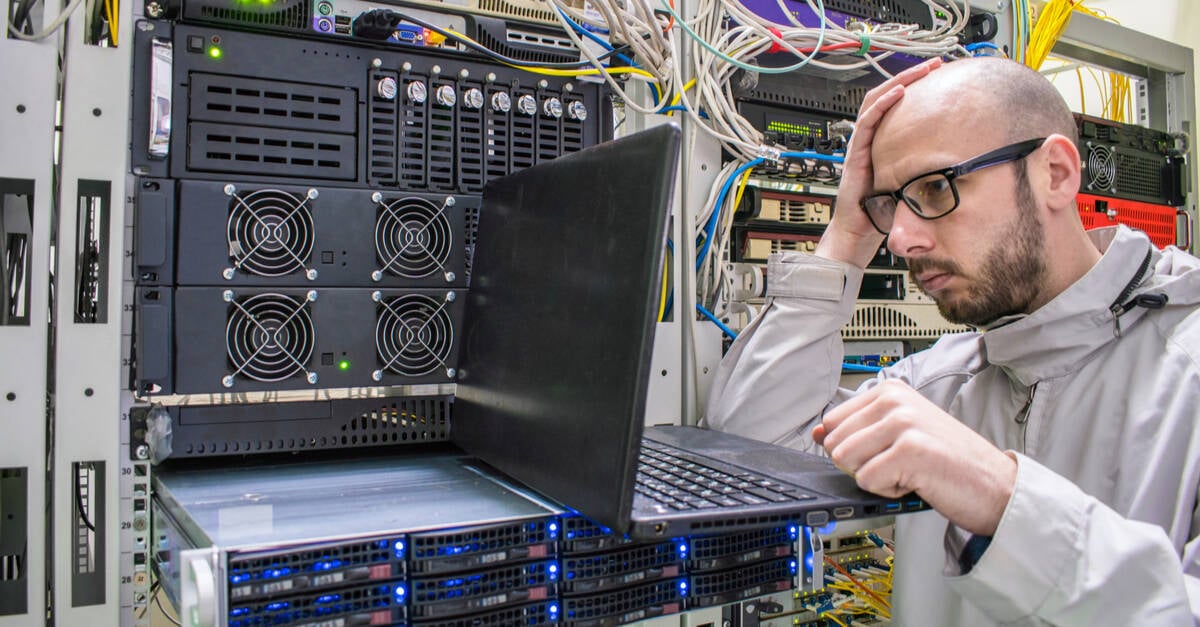
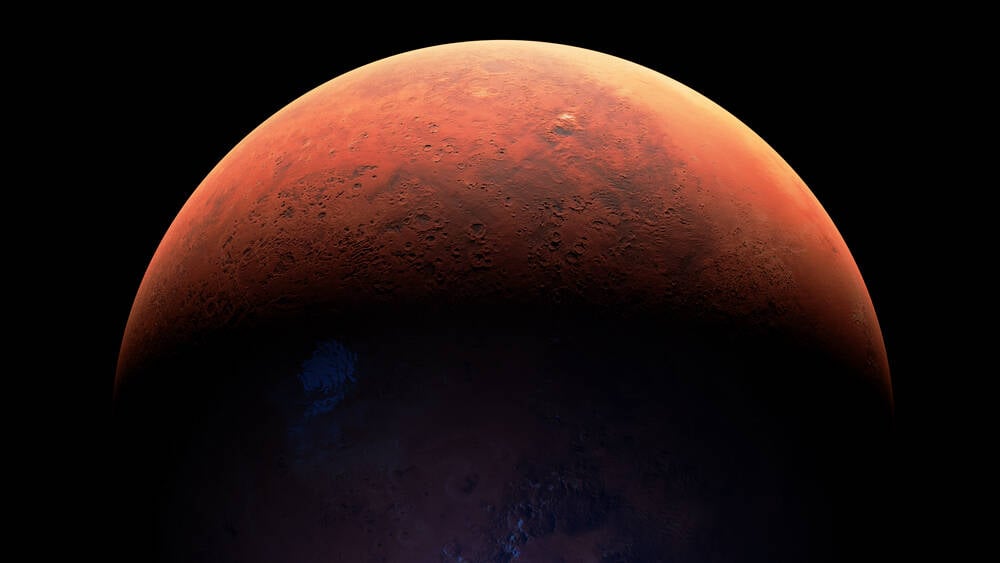







































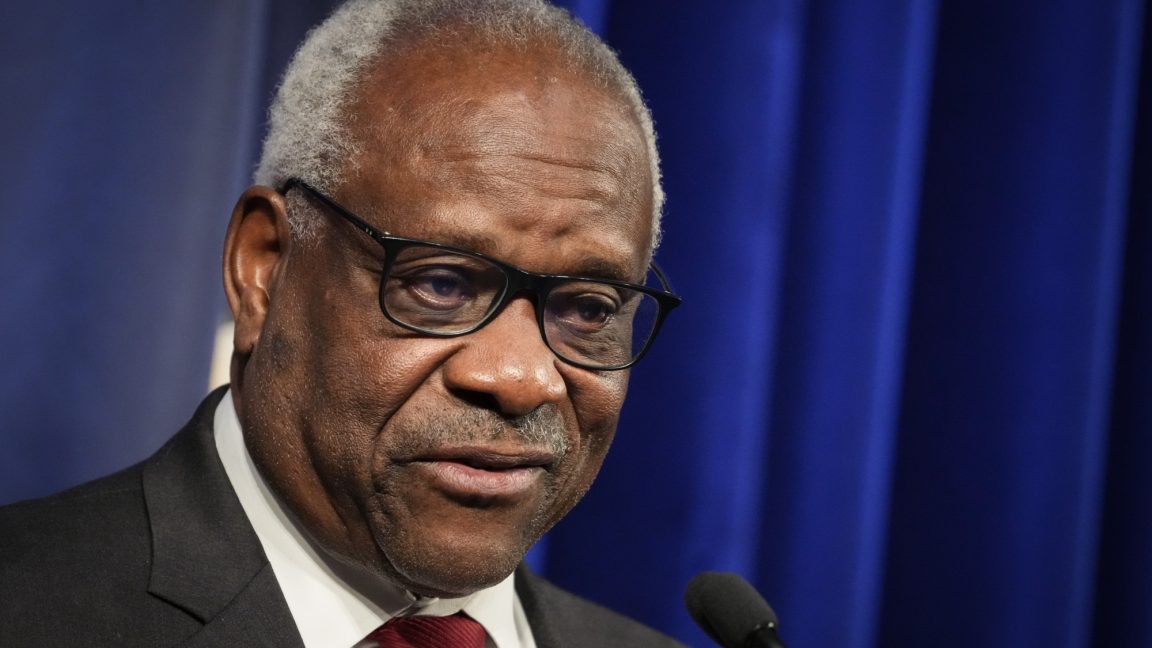




































































































![[The AI Show Episode 156]: AI Answers - Data Privacy, AI Roadmaps, Regulated Industries, Selling AI to the C-Suite & Change Management](https://www.marketingaiinstitute.com/hubfs/ep%20156%20cover.png)
![[The AI Show Episode 155]: The New Jobs AI Will Create, Amazon CEO: AI Will Cut Jobs, Your Brain on ChatGPT, Possible OpenAI-Microsoft Breakup & Veo 3 IP Issues](https://www.marketingaiinstitute.com/hubfs/ep%20155%20cover.png)







































































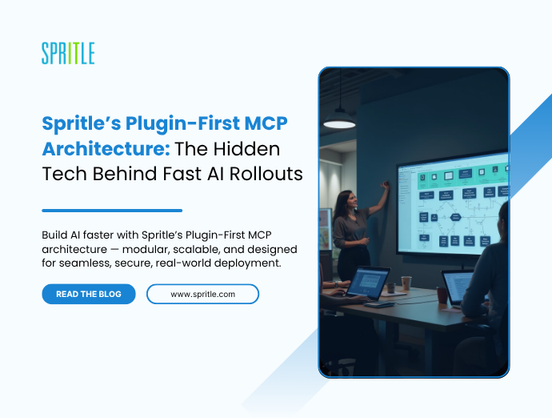
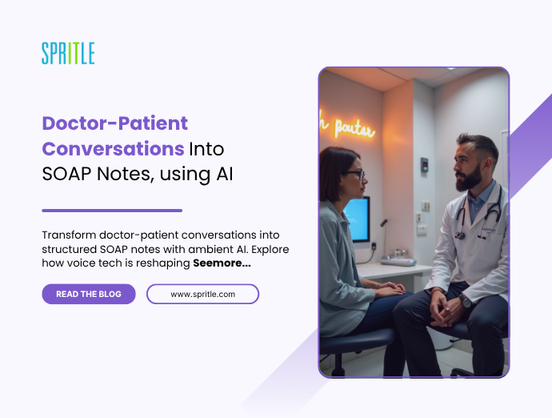



















































![Rust VS Go VS TypeScript – which back end language is for you? With Tai Groot [Podcast #176]](https://cdn.hashnode.com/res/hashnode/image/upload/v1750974265013/73f79068-0087-4c39-8a8b-feea8cac873b.png?#)















































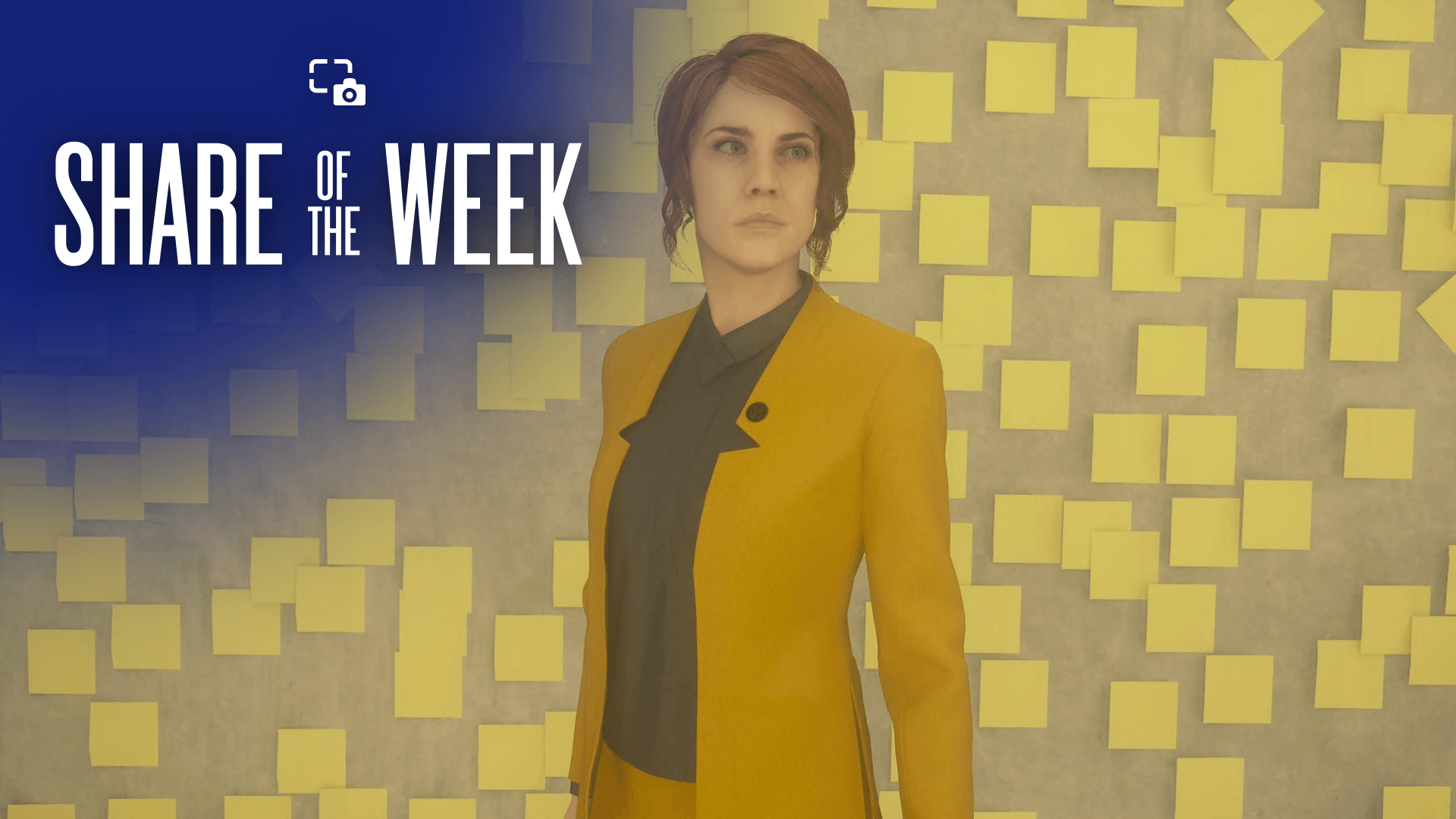





































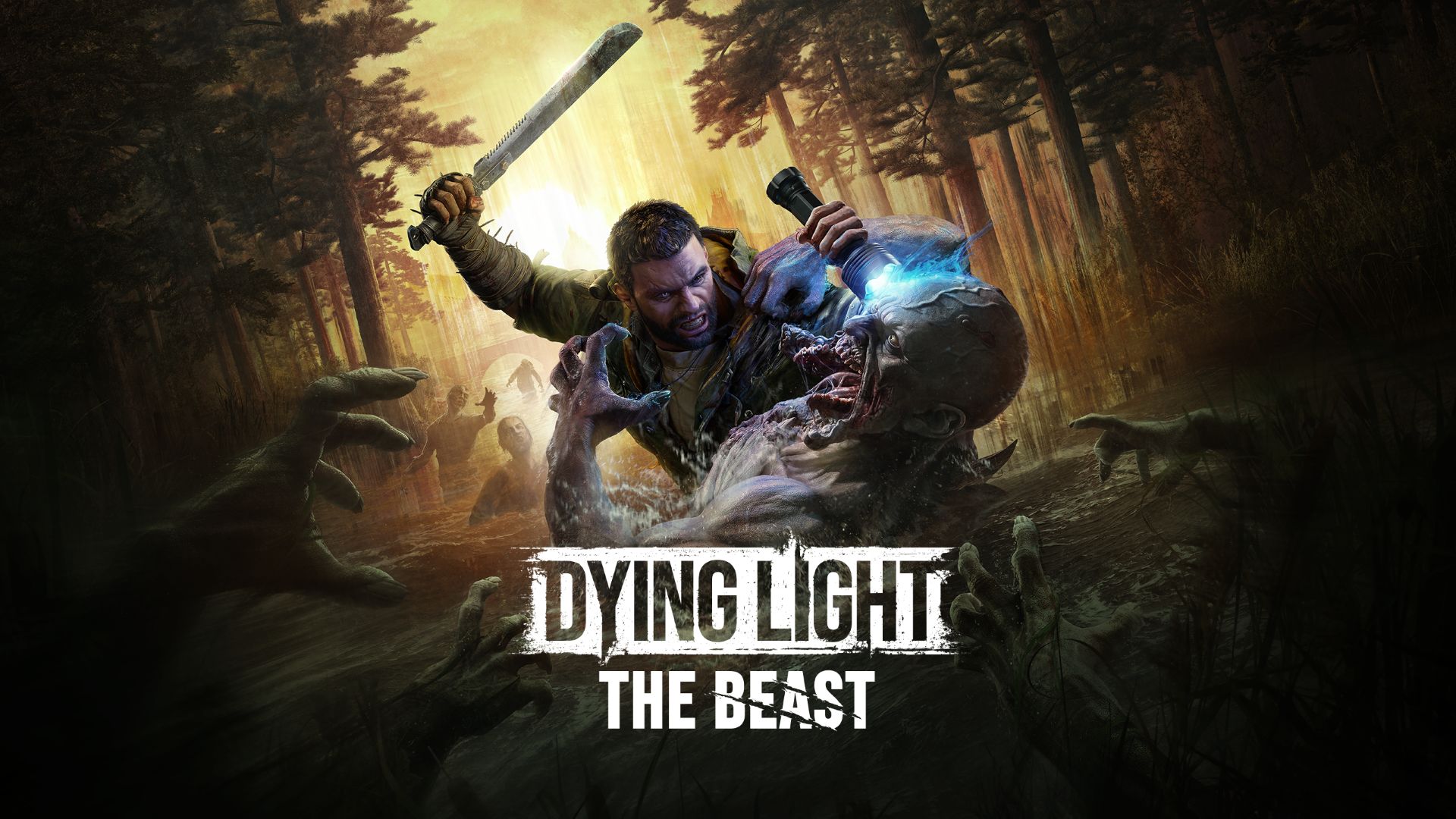


























.jpg?width=1920&height=1920&fit=bounds&quality=70&format=jpg&auto=webp#)
























